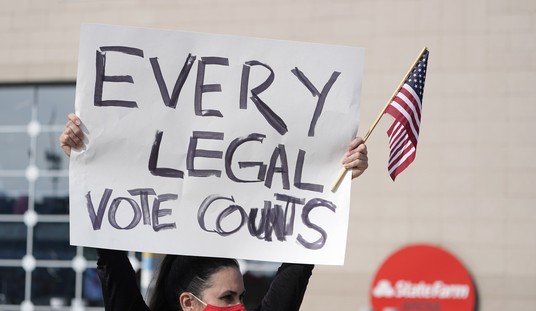When comedian Whitney Cummings told TV host Bill Maher that after having a baby, she became more conservative, the audience applauded. Maher, himself, was shocked. He should have known better.
Families are the fundamental building block of prosperous societies. A mother, a father, and offspring. Globally, this has proven to be the winning formula in states, regions, and nations that enjoy a notable measure of success. Such success rarely occurs where the family unit is not regarded as the fundamental building block of society.
It is evident within the U.S that certain states represent bastions of family stability. In a study undertaken by Professor Brad Wilcox, Director of the National Marriage Project at the University of Virginia, the results are clear. In descending order, the top 10 states in the union for maintaining family structure include Utah, Idaho, Nebraska, South Dakota, Wyoming, Kansas, North Dakota, Iowa, Texas, and Minnesota. Alaska, Oklahoma, Kentucky, Arkansas, and New Jersey follow these.
Red States Score High
Utah, at the top of the pile, has a 94.4 index score, which reflects factors that lead to strong families. The factors include graduating from high school, getting a job, marrying before having children, and maintaining a two-parent family that seeks to raise successful children. Individuals who follow this path do not live in poverty as adults and do not pass on a poverty-related lifestyle to their children.
In Utah, 68% of adults in their prime years for raising children, if so desired, are married. Among the next 14 states in the union with stable families, 57.8% of adults in their prime years for raising children are married. Among the top 15 states, 13 vote Republican, time after time. Only Minnesota, #10, and New Jersey, #15, vote Democrat.
Recommended
Based on this data, given that red states are in a better position to have stronger family structures, is it any wonder that our nation is hopelessly divided on so many topics? That division includes the role of the family in society.
Blue States Score Low
The orientation of states ranking at or near the bottom speaks volumes. These states include Rhode Island, #50, New York, #48, Massachusetts, #46, Vermont, #45, California, #44, Oregon, #42, and Illinois, #41. Many residents of those states do not adhere to the basic formula for a stable family structure – graduating from high school, getting a job, marrying before having children, and maintaining a two-parent family.
In terms of family stability, it's easy to understand why voters in Blue states are perpetually at odds with voters in Red states. Topics such as how many children to have, how to raise them, and what to teach them in school can easily become hot-button issues.
Citizens in Red states and in Blue states, generally, will not see eye to eye on what once were considered fundamental issues, such as the role of the family, the safety and welfare of children, and how local, state, and federal government officials should be serving.
Having Children Makes a Profound Difference
What about same sex parents, as in two mothers or two fathers? Possibly, but longitudinal data, beyond one generation, is scant. Those who raise children, nevertheless, tend to have a different perspective than those who do not. Those who do not have children tend to lean Left. Those who tend to lean Right. This might seem to be an oversimplification, but surveys support the hypothesis.
When you are childless, it's easier to accept Leftist clap trap about what ought to be taught in schools and what is or is not harmful to children. When you don't have children of your own, why be upset about drag queen story hour or lessons on gender fluidity?
When you have no children, moreover, what’s the big deal about children sitting for hours in front of screens, surfing the internet, visiting social media sites, texting, and short-changing their time for exercise, being outdoors, and exploring nature?
The Gap Will not Close.
Given the prevailing factors related to family stability and the wide variation between Red and Blue states, the 50 states of our union will not find common ground when it comes to the health and welfare of children. For years, if not decades to come, it does not appear that any congruence is in store.

























Join the conversation as a VIP Member